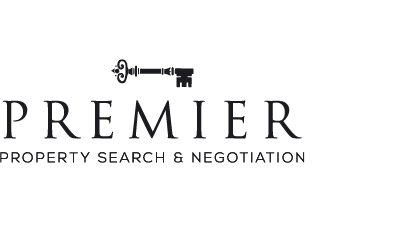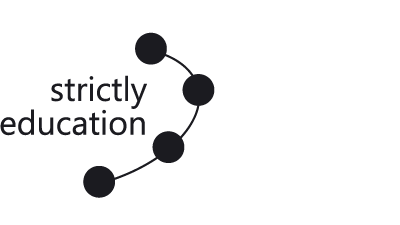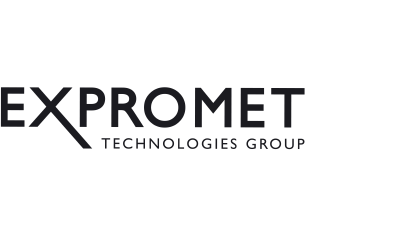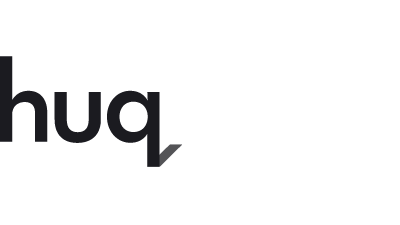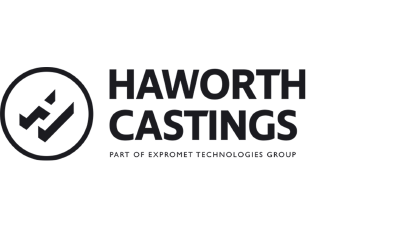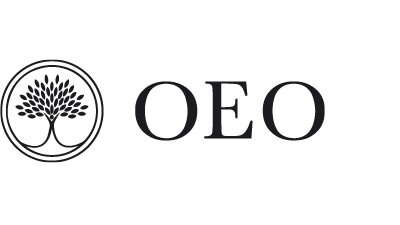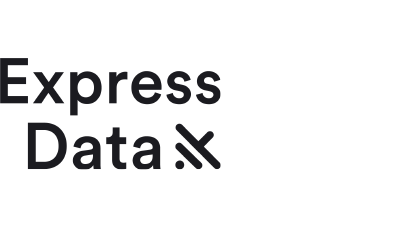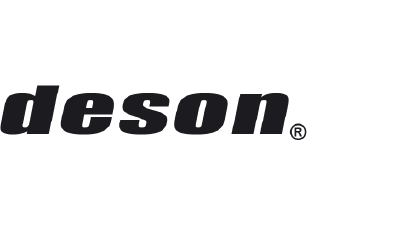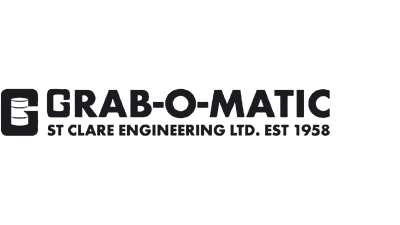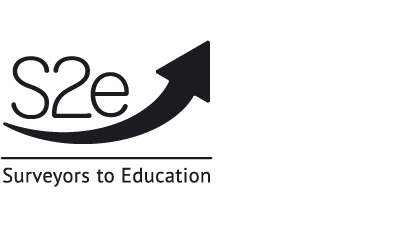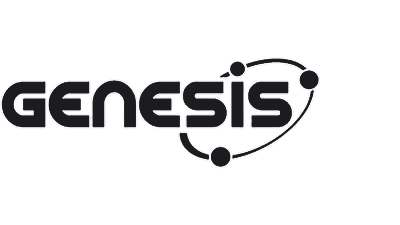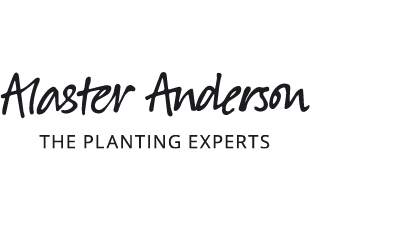LinkedIn is more than just a digital CV; it’s a powerful platform for networking, building professional authority, and business development.
To make the most of it, your profile must stand out and your activity should be strategic. Here’s a comprehensive guide to optimising your LinkedIn profile, maximising your outreach and adopting LinkedIn best practices.
1. Optimising Your Personal Profile
Profile Picture and Background Image
• Profile Picture: LinkedIn users with profile pictures get far more engagement, 21 times more profile views and nine times more connection requests. Choose a high-quality, professional headshot. Make sure you’re dressed appropriately for your industry and that the image is well-lit. And remember to smile!

• Background Image: Use this area at the top to showcase your personal identity or industry. It could be a company banner, an image of you at a conference, or something relevant to your profession.
Headline and About Section
• Headline: Your headline should be more than just your job title. Include key skills, specialisations, or a brief statement that captures what you bring to the table. For example [Job Title] @ [Company Name] | [Expert in X]
• About Section: Write a punchy and not too long summary that highlights your career journey, key achievements, and areas of professional expertise. Use bullet points for easy reading and include keywords relevant to your industry to improve searchability.
Experience Section
• Previous Companies: Connect your roles with the corresponding company pages on LinkedIn. In this way the profile image of that company will appear in your Experience section and you will be visible as an employee on the company’s LinkedIn page. Include detailed descriptions of your responsibilities and achievements in each role.
• Achievements: Highlight any awards, recognitions, or significant contributions.
Skills, Education, and Certifications
• Skills: List relevant skills as prompted and endorse others to receive endorsements in return. Regularly update this section to reflect your current capabilities.
• Education and Certifications: Include all relevant educational qualifications and professional certifications. These add credibility and show viewers that you are serious about learning and your professional development.
2. Outreach
Connecting with People
• Personalised Messages: Always send a personalised message when connecting with someone. Mention how you met or why you’d like to connect.
• Target Audience: Identify individuals in your target audience and connect with them strategically. This could be potential clients, partners, or industry leaders.
Best Practices
• Engage with your connections by liking, commenting, and sharing their posts.
3. Publishing Content
Ways to Publish
• Posts: Share updates, insights, and quick thoughts. These are great for staying on top of mind with your network.
• Articles: For more in-depth content, use LinkedIn’s article feature. This is ideal for thought leadership pieces and detailed industry analyses.
Content Types and Frequency
• Company Achievements: Share milestones, successes, case studies and new starters to showcase your organisation’s growth and capabilities.
• Personal Achievements: Highlight your professional milestones or share your own personal views and professional insights to build your personal brand.
• Industry News: Share and comment on relevant industry news to position yourself as an informed professional.
• Frequency: Aim to post at least once a week to keep your profile active and engage your audience consistently. Ideally aim for one a day!
Best Practices
• Aim for 70% of your posts to be insightful and industry related, with 30% related to your company.
• Try not to be too ‘salesy’!
4. Sharing Content
Amplifying Reach
• Company Content: Sharing your company’s content helps amplify its reach. Encourage colleagues to do the same.
• Tagging: @Tag individuals and companies in your posts to increase visibility. This notifies them and often leads to more engagement.
• Hashtags: Use relevant #hashtags to broaden the reach of your posts. Research trending hashtags in your industry and use them strategically. Hashtags helps people find content they are looking for so increases the chances of your posts being presented to them.
5. Engaging with Content
Liking and Commenting
• Active Engagement: Regularly like and comment on your connections’ posts. This helps keep you visible in your network’s feed. It is always much better to comment on a post than just like it if you can.
• Thoughtful Comments: Provide insightful comments rather than generic ones. This showcases your expertise and encourages more meaningful interactions.
Sharing Posts
• Strategic Sharing: Repost relevant posts from your network with your own commentary. This helps build your personal brand and provides value to your audience.
6. Participating in Groups
Expanding Your Network
• Commenting on Posts: Engage with posts within groups to increase your visibility and connect with like-minded professionals.
• Publishing in Groups: Share your own posts within relevant groups to position yourself as an authority and expand your network.
Best Practices
• Choose active groups related to your industry.
• Be consistent in your participation and provide valuable insights.
7. Recommendations and Endorsements
Gathering Recommendations
• Requesting Recommendations: Reach out to colleagues, supervisors, or clients for recommendations. These provide social proof of your skills and work ethic.
• Giving Recommendations: Write recommendations for others, which often encourages them to return the favour.
Endorsements
• Skill Endorsements: Regularly endorse the skills of your connections. This increases the likelihood they will endorse your skills in return, boosting your profile’s credibility.
8. Analytics and Adjustments
Monitoring Performance
• Profile Views: Keep an eye on your profile views and who’s viewing your profile. Adjust your activity based on what’s working.
• Post Analytics: Use LinkedIn’s analytics to monitor the performance of your posts and articles. This can help you understand what content resonates with your audience.
Adjusting Strategy
• Content Strategy: Based on analytics, adjust your content strategy to focus on what generates the most engagement.
• Profile Updates: Regularly update your profile based on feedback and performance. This ensures your profile remains relevant and engaging.
Conclusion: LinkedIn Best Practices
Optimising your LinkedIn profile and strategically using the platform can significantly enhance your professional presence and networking opportunities. By focusing on profile optimisation, outreach, content publishing, sharing, group participation, recommendations, endorsements, engagement and monitoring performance, you can build a strong, engaging, and influential LinkedIn presence.
Start implementing these tips today and watch your LinkedIn network grow and thrive!


